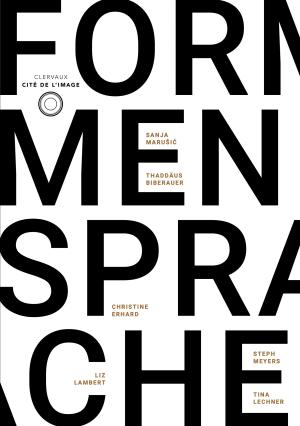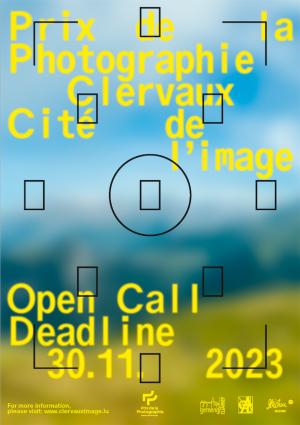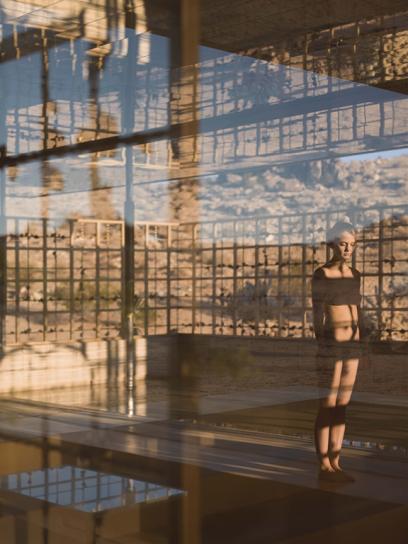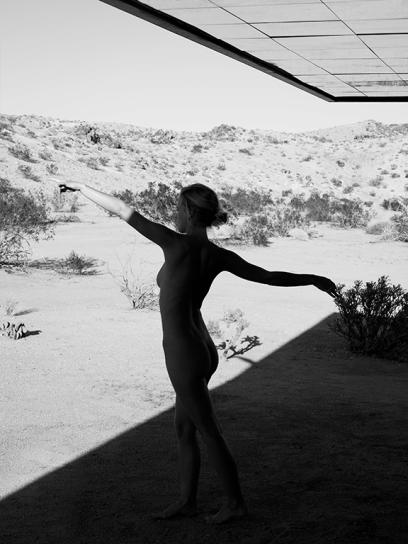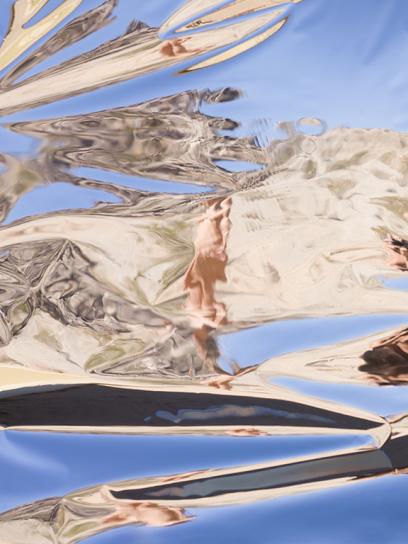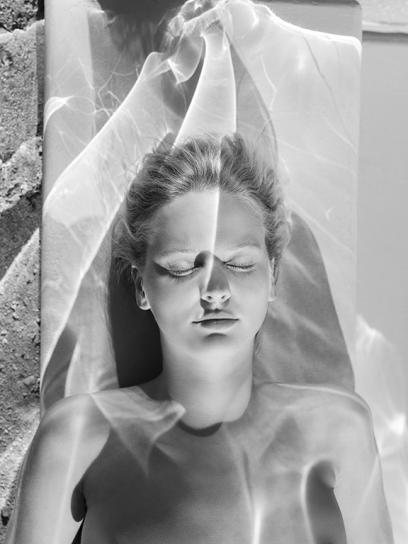The quality of light, according to Mona Kuhn, is measured in nuances of colour and - as strange as it may seam - even in sounds, or the absence of sounds. The photographer has translated this empirical experience into photographic images. Her journey towards the light took her to the Joshua Tree desert in California.
As a classical symphony is built upon rhythm and the development of an initial motif, so the potential of light is observable through its rhythmic and evolving intensity. The viewer can easily discern the alternating chromatic effects and the play of shadows. As the saturation of light increases, the shadows fade and the sounds dim.
In an orchestra, every instrument is waiting for its entry or an interval. Faced with the ever-increasing intensity of the sun, everything seems to hold its breath. The brightness yields only to time - a few, fleeting moments can be captured in the fullness of the light. The shadows will not be banished for long: as soon as the sun crosses the zenith, they prepare their resurrection.
The impression emanating from this magical moment is exhilarating. Do even the insects go quiet in the midday sun? There is complete silence. An illusion? This ephemeral stillness is not isolated. The muted soundscape gives way to a series of optical phenomena: reflections.
The light paints non-tangible, transparent images into the desert. Mirages. Images appear and repeat themselves - mirrored or inverted. Up and down flow into each other; far blends into close. Apparitions are superimposed on each other. Straight lines are curving in the heat and brightness. Perception takes on surreal traits. Paradoxically, the light seems static amidst the shimmering vibrations. Suddenly the shadows start taking shape again and break the vision. Sounds come back to life and put an end to the silent spectacle.
Text : A. Meyer / Clervaux - cité de l'image, English translation by Nadia Linden
Exhibition view
Photos © CDI 2019

